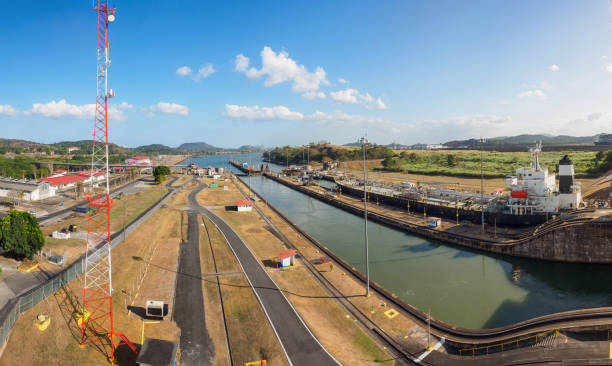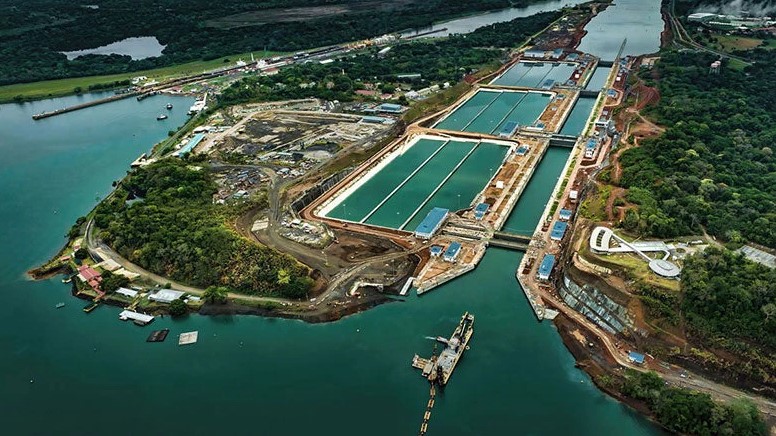From his office overlooking the Pacific Ocean, Steven Paton monitors the Panama Canal, observing its vital role in global trade and the growing queue of tankers waiting to pass.
For 33 years, Paton has studied the region’s climate for the Smithsonian Tropical Research Institute, witnessing firsthand the shifts in weather patterns and their impact on one of the world’s most crucial trade routes.
Recently, a “rainfall deficit” has slowed traffic through the canal and expanded the backlog of vessels. Experts warn that this situation could worsen, with global repercussions.
Since its opening in 1914, the Panama Canal has been essential for maritime trade, reducing travel by over 13,000 kilometers and linking the Atlantic and Pacific Oceans.

In 2022, the canal handled over 14,000 ships, moving critical cargo such as fuel, grain, and minerals. It serves as a conduit for more than 40% of goods traded between northeast Asia and the US East Coast.
Ships navigate through a series of locks, using fresh water from Lake Gatun and another reservoir. Each vessel consumes 200 million liters of water, which flows back into the sea.
The canal’s operation is vital for Panama’s 4.3 million residents, as Lake Gatun also supplies water to over half of the population. Normally abundant in rainfall, Panama faced a severe deficit in 2023, worsened by El Niño, leading to record-low water levels in the lake.
This shortage has forced the Panama Canal authority to cut the number of daily ship transits from 36 to 22, and eventually to 18. The delays and additional costs, potentially impacting holiday shipments from China, are compounded by risks of accidents due to crowded anchorages.
Looking ahead, experts anticipate worsening conditions, with Lake Gatun’s water levels expected to hit new lows.
Paton notes that current patterns deviate significantly from the past century’s data, suggesting that climate change might be altering long-established weather patterns. While the canal authority is investing in solutions, the crisis underscores the vulnerability of global supply chains to environmental changes.

